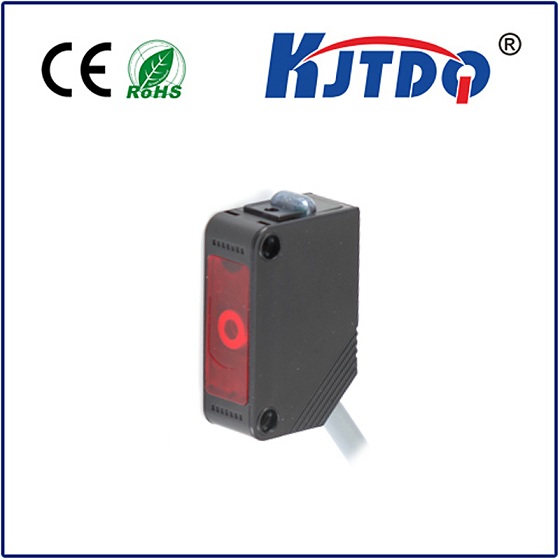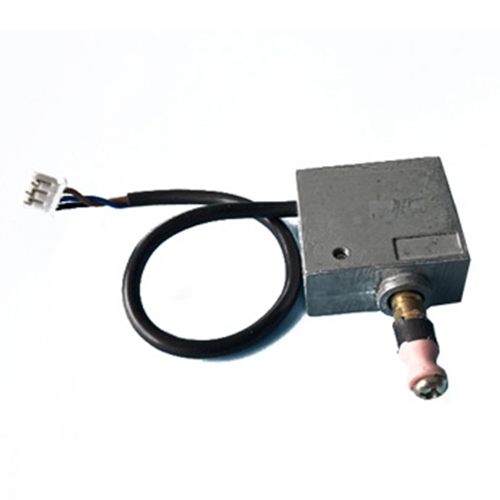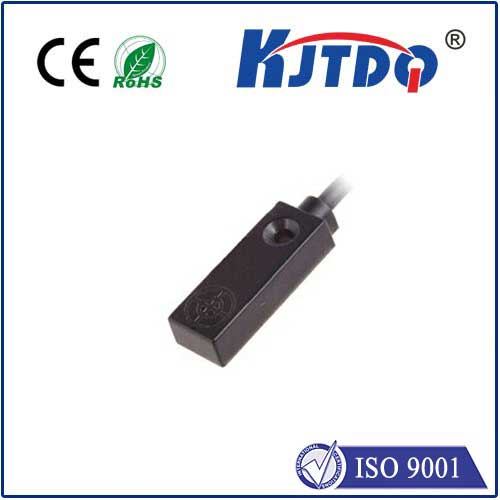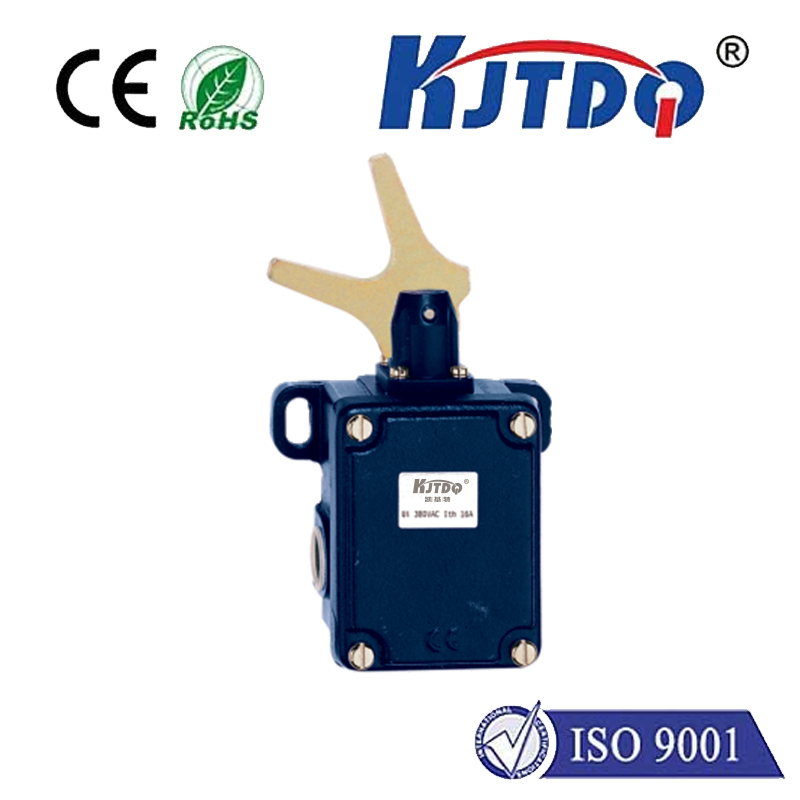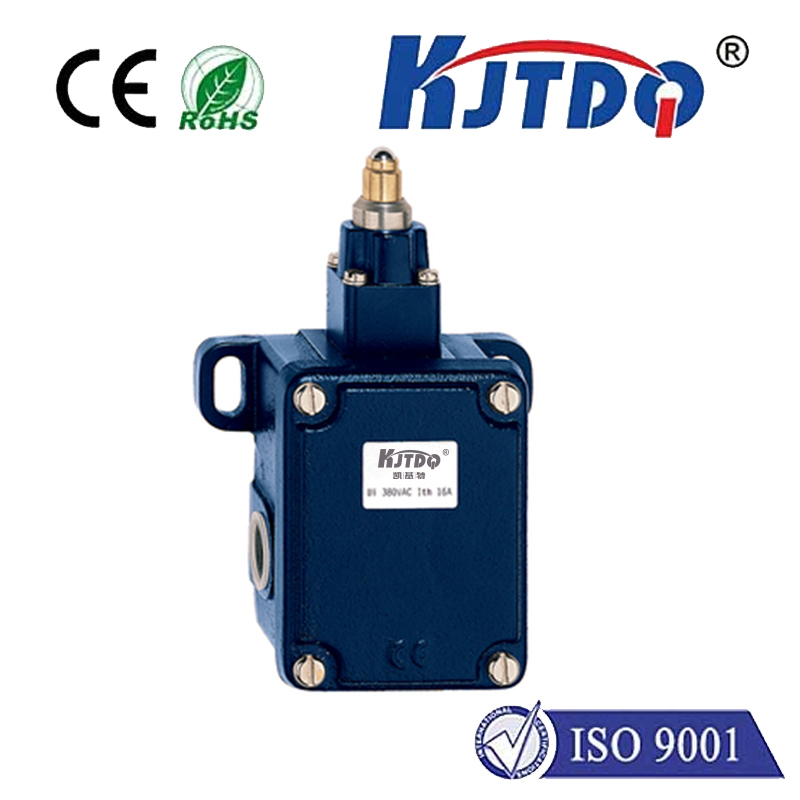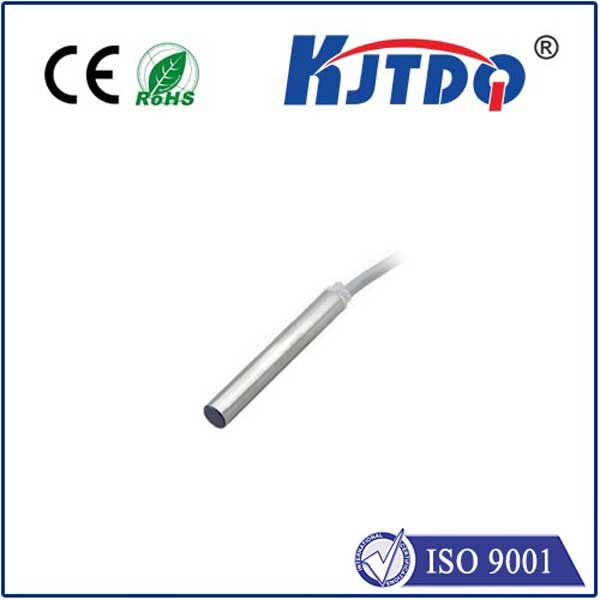Тип фотоэлектрического датчика
- time:2025-09-10 21:52:00
- Нажмите:0
Photystifying Photoelectric Sensors: Core Types, Uses & Selection Guide
Imagine a factory conveyor belt humming, products gliding smoothly. Suddenly, a misaligned package approaches. Before chaos ensues, an unseen guardian halts the belt instantly. This silent sentinel? Often, a Фотоэлектрический датчик. These indispensable workhorses of industrial automation detect the presence, absence, position, or distance of objects using beams of light, operating without physical contact. Their precision and reliability make them fundamental across countless industries. But not all photoelectric sensors are created equal. Choosing the right type is critical for optimal performance. Let’s illuminate the core Тип фотоэлектрического датчика and their distinct advantages.
The Core Principle: Light as the Messenger
At their heart, all Фотоэлектрический датчик share a simple operating principle. An internal emitter generates a beam of light, most commonly visible red, infrared (IR), or laser. This beam is directed towards a target or a receiver. The sensor’s circuitry then analyzes the interaction between this emitted light and the target object. The primary detection methods revolve around whether the target interrupts the beam (causing absence of light at the receiver) or reflects it back (causing its presence). This fundamental difference underpins the three main categories:

- Through-Beam Sensors (or Opposed Mode): The Long-Range Champions
- How They Work: This setup uses two separate, opposing units: a dedicated emitter and a dedicated receiver, positioned directly across from each other. The emitter constantly sends its light beam to the receiver. Detection occurs when an object physically interrupts this beam, blocking the light from reaching the receiver.
- Key Advantages:
- Longest Sensing Range: Capable of reliable detection over several meters, sometimes tens of meters.
- High Reliability: Excellent performance regardless of target surface color, texture, reflectivity, or angle. Even highly transparent objects often cause enough disruption to be detected.
- High Immunity: Generally less susceptible to interference from ambient light or target surface variations.
- Общее назначение: Detecting large objects on conveyors, monitoring high-speed production lines, checking for broken wires or tapes, entry/exit monitoring on large gates, pallet dimensioning.
- Considerations: Requires precise alignment of two separate units during installation. Wiring complexity is slightly higher due to needing two physical devices. More susceptible to physical misalignment issues over time.
- Retroreflective Sensors: The Convenient Reflective Solution
- How They Work: This type combines the emitter and receiver into a single housing. It projects a beam towards a specialized reflector (a corner-cube reflector or “tape” designed to bounce light directly back to its source). The receiver within the sensor housing constantly “looks” for this reflected beam. Detection occurs when an object passes between the sensor and the reflector, interrupting the reflected beam path.
- Key Advantages:
- Simpler Installation: Only one device needs wiring and mounting. Alignment involves pointing it towards the reflector.
- Good Sensing Range: Longer range than diffuse sensors, typically comparable to through-beam for many applications (though usually shorter than the absolute maximums achievable with through-beam).
- Good Target Independence: Relatively unaffected by target color or surface finish since it relies on the reflector. Shiny objects passing nearby might cause false triggers if not careful.
- Общее назначение: Detecting vehicles or objects passing through doorways, package counting on conveyors, presence detection in automated storage systems, verifying pallet presence, position detection.
- Considerations: Requires mounting a reflector opposite the sensor. Performance can be compromised by dirty or misaligned reflectors. Shiny targets might inadvertently reflect sufficient light back to the sensor, preventing detection (simulating the reflector’s signal).
- Diffuse Reflective Sensors (or Proximity Mode): The Compact, Single-Unit Workhorse
- How They Work: Like retroreflective sensors, the emitter and receiver are housed together in one unit. However, instead of relying on a reflector, the sensor detects light diffusely reflected back from the target object itself. The emitter sends out a beam. When a target enters the sensing field, some of this light scatters or reflects off the target’s surface and returns to the receiver, triggering detection.
- Key Advantages:
- Simplest Installation: Only a single unit is needed – no separate emitter, receiver, or reflector required. Ideal for tight spaces.
- Эффективность затрат: Often the most economical option per unit.
- Versatile Mounting: Easy to position directly where detection is needed.
- Общее назначение: Detecting small parts on machinery, liquid level sensing (in bottles or tanks), object counting close to the sensor, presence verification on assembly lines, detecting labels or tabs.
- Considerations:
- Shorter Range: Generally offers the shortest sensing distances compared to through-beam and retroreflective types.
- Target Dependency: Performance is heavily influenced by the target’s color, surface texture, and reflectivity. Dark, matte, or angled surfaces reflect less light, reducing effective range or potentially causing missed detections.
- Background Interference: Objects or surfaces behind the target might reflect stray light, potentially causing false triggers or requiring careful background masking.
Advanced Diffuse Types: Overcoming Limitations
To address the challenges of standard diffuse sensors, particularly target dependence and background interference, several specialized diffuse variants exist:
- Background Suppression (BGS) Sensors: These use triangulation principles. The emitter sends a beam, and the receiver has a special lens or multiple receiver elements. The sensor analyzes where on the receiver lens the reflected light hits. It’s configured to only detect light reflected from objects within a specific, defined distance zone, effectively “ignoring” reflections from objects beyond a set point (the background). Ideal for detecting objects against complex or varying backgrounds.
- Foreground Suppression (FGS) Sensors: The inverse of BGS. These ignore reflections from very close objects (foreground) and only detect objects beyond a minimum set distance. Useful for ignoring conveyor belts, nozzles, or other fixtures close to the sensor.
- Fixed Field/Suppression Sensors: Similar to BGS/FGS but often using simpler optical designs to set a fixed, non-adjustable suppression plane. Good cost/performance for specific applications.
Other Notable Types
- Fiber Optic Sensors: These utilize flexible fiber optic cables connected to a separate amplifier unit housing the emitter and receiver. The sensing tip (mounted at the end of the cable) can be threaded into very small spaces or harsh environments (heat, chemicals) where a standard sensor head could not survive. They come in through-beam (separate fibers for emitter and receiver) and diffuse (a single bundle/bifurcated fiber) configurations.
- Color Mark/Contrast Sensors: Detect differences in color or contrast rather than simple presence/absence. Can find a red mark on a green background or a dark line on a light material.
- Luminescence Sensors: Detect materials that fluoresce (glow) under specific light wavelengths, such as certain inks, adhesives, or security features.
- Laser Sensors: Use highly focused laser light for extremely precise detection, small spot sizes, long ranges, or accurate distance measurement (time-of-flight or triangulation principles).
Choosing the Right Photoelectric Sensor Type: Key Factors
Selecting the optimal sensor hinges on asking the right questions:
- What is the Required Sensing Range? (Long? Medium? Short? Very Short?) - Through-beam > Retroreflective > Diffuse
- Target Characteristics: Color, surface finish (shiny/matte), size, material? (Through-beam least affected, Standard Diffuse most affected).
- Installation Constraints:


